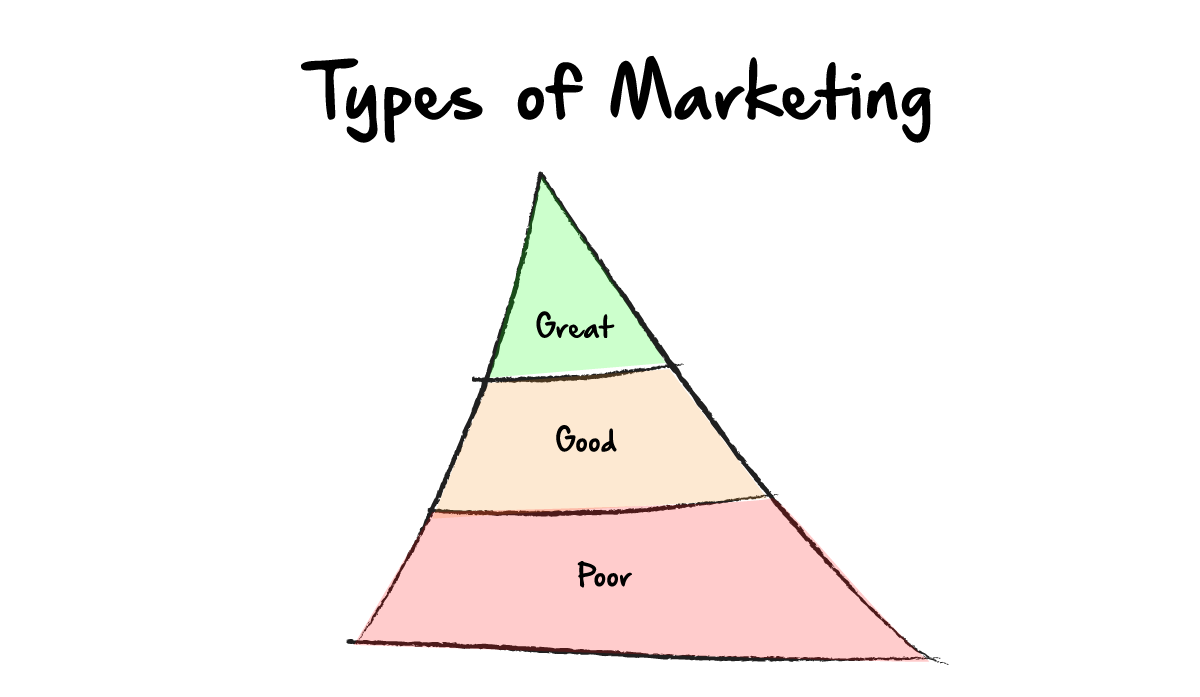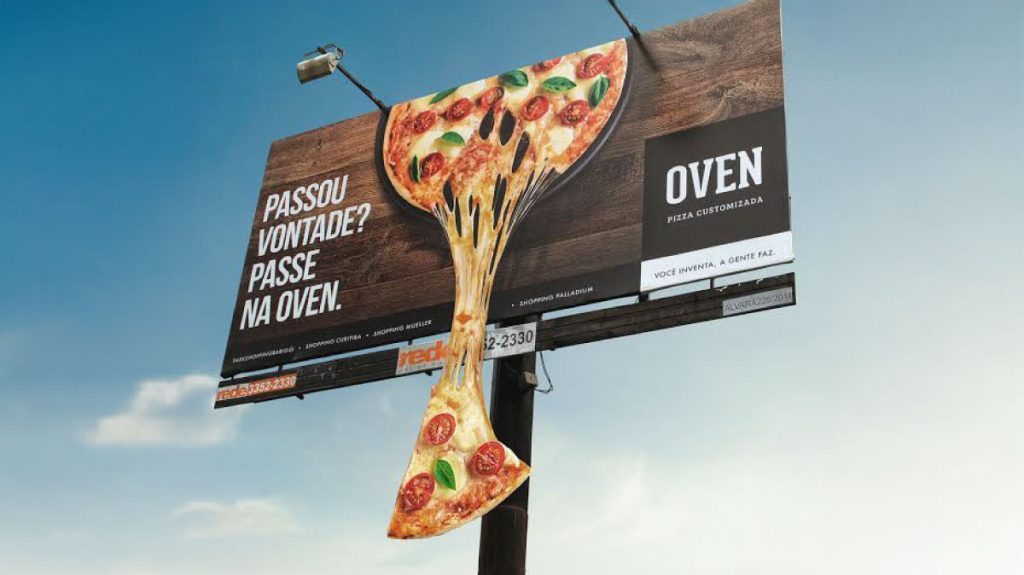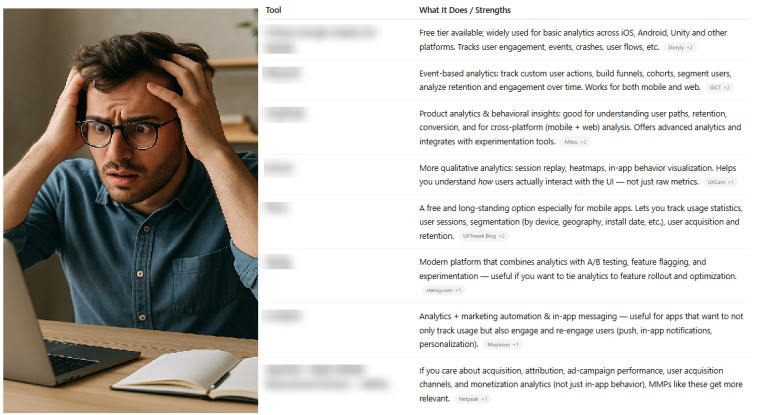
Dear executives, your “surprise and delight” initiative is a terrible idea.
Here’s why…
Those familiar with Cathay Pacific may know that they offer free in-flight noodle soup.
Sounds like a nice perk on paper, but the reality is…
🍜 One person orders the soup. Then another sees or smells it and orders it too.
Before you know it, the flight attendants are scrambling to fulfill hundreds of noodle soup orders at 35,000 feet, all while juggling safety checks, drink requests, and other critical duties.
This decision probably seemed harmless—generous even—when pitched in a boardroom.
But those who made it weren’t the ones balancing trays in turbulence or fielding requests from rows of passengers.
👨✈️ 𝐓𝐡𝐞 𝐫𝐞𝐬𝐮𝐥𝐭: the flight attendants just say that they’re out of soups so they don’t have to make any of them.
It’s a classic case of decisions being made in a vacuum, without understanding the day-to-day realities of the people on the ground.
This doesn’t just happen in airlines.
👉 𝐑𝐞𝐭𝐚𝐢𝐥 – Corporate mandates a new sales promotion without providing enough staffing or inventory, leading to frustrated employees and angry customers.
👉 𝐓𝐞𝐜𝐡 – A leadership team announces a “no remote work” policy, alienating employees who’ve built lives around flexibility—without addressing productivity or morale concerns.
👉 𝐇𝐨𝐬𝐩𝐢𝐭𝐚𝐥𝐢𝐭𝐲 – Management introduces “surprise and delight” initiatives that sound great but aren’t feasible for stretched-thin staff to execute consistently.
Before implementing a policy, it’s crucial for leaders to:
💡 Speak to the people directly impacted by the decision. What challenges could arise? What solutions might they suggest?
💡 Try the role themselves—even for a day. You’d be amazed at the insights gained from walking in someone else’s shoes.
Pilot test changes in a controlled way before rolling them out widely.
💡 Good leadership isn’t just about vision; it’s about connection, empathy, and practicality.
Your ideas might be great, but they’re only as strong as your understanding of how they’ll play out in real life.
❓ What are some examples of well-meaning initiatives that backfired because leaders didn’t consult the people doing the work?
Retention Strategies: What Can Be Done to Fix Retention?
To pinpoint why users are leaving your product, you’ll need a structured approach to collect and analyze user feedback and behavior data. Here are steps to help identify the specific reasons for user churn:
1. Conduct Exit Surveys and Interviews
- Exit Surveys: When users cancel or leave, ask them why. Keep surveys short with targeted questions like “What made you decide to stop using our product?” or “What would have made you stay?” Add an open-ended option for more nuanced insights.
- Interviews: Conduct in-depth interviews with a small sample of departing users. Direct conversations can reveal underlying reasons and patterns that are hard to capture in surveys.
2. Analyze Usage Data and Drop-Off Points
- Product Analytics: Use analytics tools (e.g., Google Analytics, Mixpanel, Amplitude) to track where users drop off in their journey. Are users struggling at the onboarding stage? Are they engaging with key features?
- Session Recordings & Heatmaps: Tools like Hotjar and FullStory allow you to watch how users interact with your product, helping you spot UX issues, confusing workflows, or areas where users lose interest.
3. Track Customer Support Interactions
- Review customer support inquiries and complaints. Are there common themes (e.g., confusing setup, unresponsive features, billing questions) that signal broader issues?
- Look for unresolved or recurring issues that may frustrate users enough to make them leave.
4. Monitor User Feedback Channels
- Social Media and Review Sites: Users often share frustrations on public platforms, providing a window into what’s working (or not) for them.
- In-App Feedback: Encourage users to leave feedback directly in the app or platform, especially after using a major feature.
5. Assess Engagement Metrics
- Frequency of Use: Track how often active users log in or interact with your product. Declining usage before churn often signals a lack of perceived value.
- Feature Utilization: Determine if users are engaging with the core features you want them to use. Low engagement with key features might indicate that these features aren’t delivering as expected.
6. Segment Users and Compare Behaviors
- Segment users by demographics, onboarding date, or usage patterns to see if certain types of users are more likely to leave. This can reveal if your product is better suited to certain user groups and uncover needs that are going unmet.
7. Look at Competitor Analysis and Industry Trends
- Research competitors and note any new features or enhancements they’re offering. If users leave after a competitor’s new release, they may be seeking something your product lacks.
- Keep an eye on industry trends that might be changing user expectations and preferences.
8. Review Pricing Complaints and Analyze Payment Data
- Check for any common feedback related to pricing, and look for any spikes in cancellations after a price increase or billing error. Also, consider testing price changes or offering different subscription options to see if it affects retention.
9. Run A/B Tests to Diagnose Potential Issues
- If you suspect specific pain points, set up A/B tests for elements like onboarding steps, feature visibility, or email sequences. Tests can reveal what changes improve engagement or reduce churn.
10. Use Predictive Analytics for Churn Prediction
- Some analytics tools can analyze past user behaviors to predict churn patterns. Identifying “at-risk” users allows you to take proactive steps to re-engage them before they leave.
By combining these methods, you can start to see patterns and identify the key issues leading to churn. Once you understand the root causes, you can prioritize solutions, whether they involve improving the onboarding experience, refining features, addressing customer support, or optimizing pricing.

Continue Reading: What Great Marketing Looks Like
- Related post: The T-Shirt Theory of Branding
- Related post: The Power of Branding: John’s Family Premium Organic Garlic
- Related post: Why You Don’t Want to Run a Business that Relies Solely on Ads


Continue reading: What’s the ROI of a Billboard








